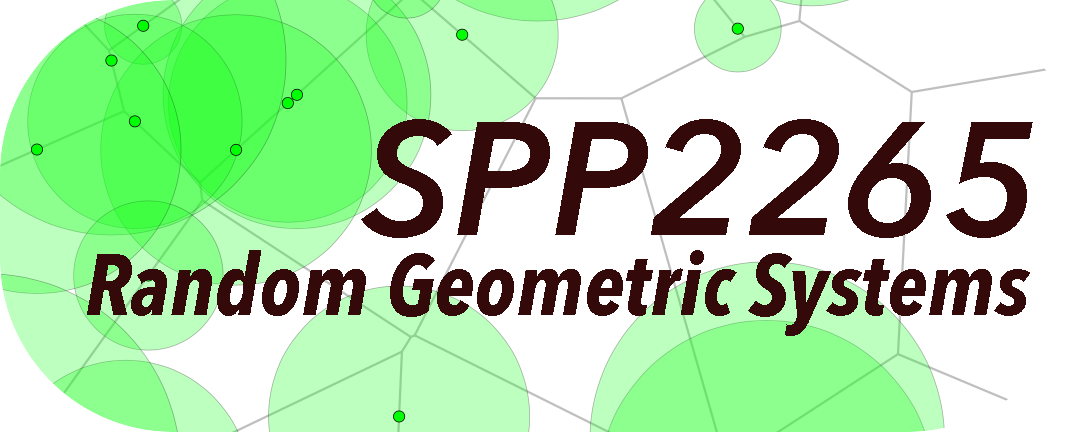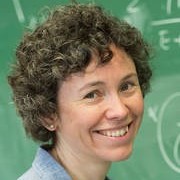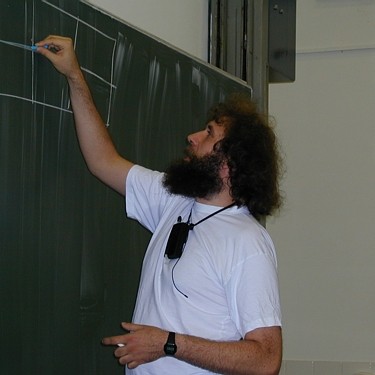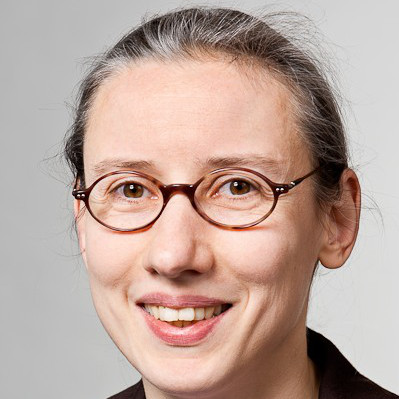Emergence of macroscopic phenomena in the non-linear hyperbolic supersymmetric sigma model
Description Phase 2
Description Phase 1
The non-linear supersymmetric hyperbolic sigma model introduced by Zirnbauer in 1991 can be seen as a statistical mechanical model of spins taking values on a supersymmetric non-linear manifold. This model has deep connections to a class of stochastic processes with memory called vertex-reinforced jump processes. These connections were successfully used to prove a phase transition in dimension larger or equal than 3 for the vertex-reinforced jump process. Nevertheless many important questions still remain open.
A powerful but difficult tool to study statistical mechanics models is the renormalization group. Our plan is to modify this approach in such a way that it applies to the non-linear supersymmetric hyperbolic sigma model. We expect this to help understanding the behavior of the model near the phase transition. In a first step, we will consider a simplified problem on a hierarchical lattice, where the construction is expected to be more accessible.
We have been working intensively, together and separately, on the non-linear supersymmetric hyperbolic sigma model and the connected vertex-reinforced jump process. One of us has also publications on the renormalization group in a different context.
Preprints/Publications
Margherita Disertori, Franz Merkl, Silke W.W. Rolles: Restrictions of some reinforced processes to subgraphs (11/2024)
Margherita Disertori, Franz Merkl, Silke W. W. Rolles: Fluctuations in the non-linear supersymmetric hyperbolic sigma model with long-range interactions (08/2024)
Margherita Disertori, Franz Merkl, Silke W.W. Rolles: Transience of vertex-reinforced jump processes with long-range jumps (05/2023)
Margherita Disertori, Franz Merkl, Silke W.W. Rolles: The non-linear supersymmetric hyperbolic sigma model on a complete graph with hierarchical interactions (11/2021) published




